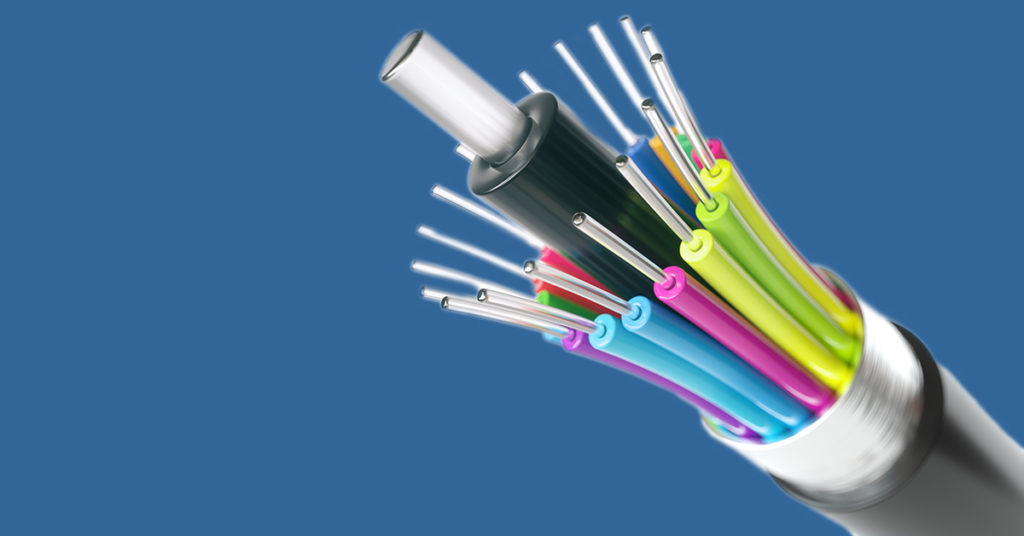Is There Anything Faster Than Fiber Optic?
When it comes to the growth of the influence of a specific phenomenon, nothing comes close to the rapid rise of the internet. According to Internet World Stats, a statistics firm based in Pennsylvania, there are around 5 billion Internet users today. Comparing it to the Earth’s total population – 8 billion, we find that approximately two out of every three people use the internet. In addition, Strategy Analytics – a research company headquartered in Newton, Massachusetts – predicts that, by the end of the first quarter of the 21st century, there will be about 35 billion devices connected to the internet – that is more than a hundred times greater than the total population of the United States!
The increase in the internet’s influence has naturally given rise to many questions about it. While some wonder about the internet’s negative impacts on children, others discuss the speeds the different types of internet allow. If you are one of the latter, you are fortunate to have landed on this page! We say this knowing that, in this piece, we will be comparing the speeds of the different types of internet.
Is There Anything Faster Than Fiber Optic?
Dial-Up
Dial-up internet was the predominant form of internet in the 20th century. Don’t believe it? Ask your parents about it; we guarantee they will have some nice things to say! That is the case because, even though the dial-up internet (56kbps) was much slower than the internet speeds we get nowadays, it was a pretty big deal at that time! Indeed, dial-up has helped billions communicate with one another.
DSL (Digital Subscriber Line)
The DSL is often considered the successor of dial-up technology. This is because, like dial-up, DSL also utilizes telephone lines to transmit the internet. Nonetheless, there is one significant difference: digital subscriber lines allow for broadband transmission. This allows for considerably higher speeds of up to a hundred MBs per second. That is more than a thousand times faster than the 56Kbps speeds that initial dial-up connections allowed! DSL is very affordable as a quality plan costs around fifty bucks. You can also get a plan with lower speeds for cheaper as well. This mix of broadband speeds and affordability quickly made DSL the most commonly utilized internet type in Organization for Economic Cooperation and Development (OECD) countries.
Cable
The type of internet that overthrew DSL was the most used in OECD areas, and it was cable. And for good reasons. Firstly, cable internet allows for even faster broadband speeds than DSL. Alongside, as the same cables that enable cable television service also allow for cable internet, ISPs often allow people to bundle up their television service with their internet service. For example, Comcast’s internet bundle plans allow subscribers to save significant money. Because of the bundling option and incredible internet speeds, cable internet became increasingly popular and, in 2019, became the most widely used internet type in the OECD countries.
Satellite
Satellite internet is by far the most widespread internet. This is because all you need for satellite internet is a receiver and a connection to your modem. Thus, even researchers in Antarctica can use the internet. But, this ease of accessibility does come at a cost. Satellite often has the lowest speeds. This is because of the high latency in sending signals from Earth to the satellite and back. Friendly advice: do not get mad at someone in Antarctica for not responding to your messages fast enough!
Fibre
Fibre internet is, in many ways, the opposite of satellite. If satellite internet needs no wires to transmit between buildings, the whole fibre internet network depends on fibre-optic transmission lines. While satellite internet is accessible everywhere – even on the poles, fibre internet is only available to people in a few cities in developed countries. It seems like the satellite is so much better, right? Here’s another difference between the two that will change your opinion.
Fibre internet providers offer ten times the speeds at the cost of cable internet providers. You heard that right: fibre internet speeds reach well in the thousands of MBs per second! That means that users can download an entire two-hour movie within seconds.
Conclusion
Although scientists keep developing technology that enables even higher speeds than fibre-optic lines, none of these technologies is being sold or used commercially. So, for those wondering about the fastest internet type available, here’s the bottom line: the speeds enabled by fibre are, by far, the highest. Good luck with your internet and everything else!

















